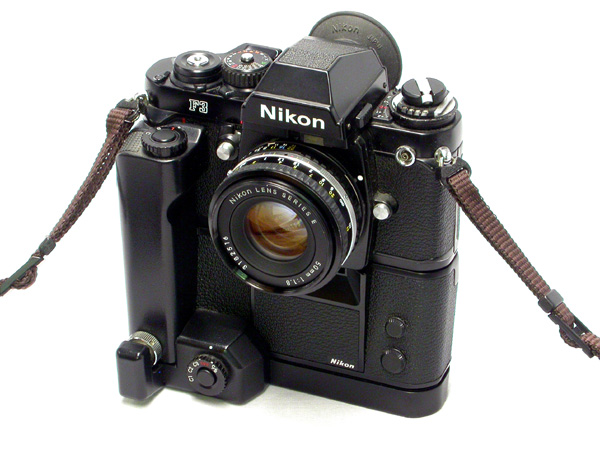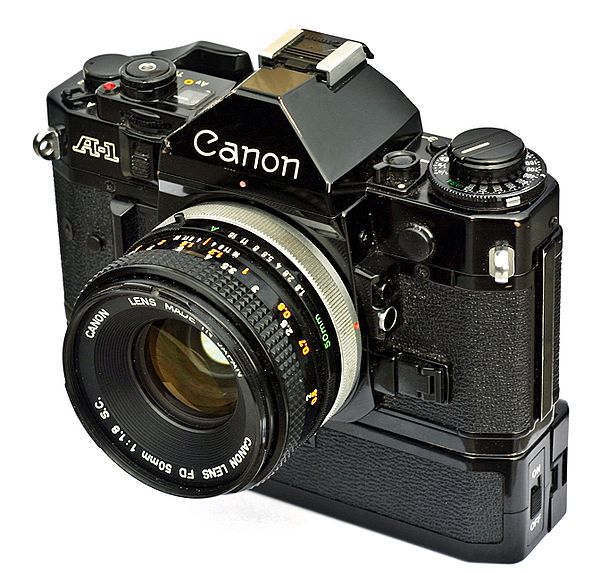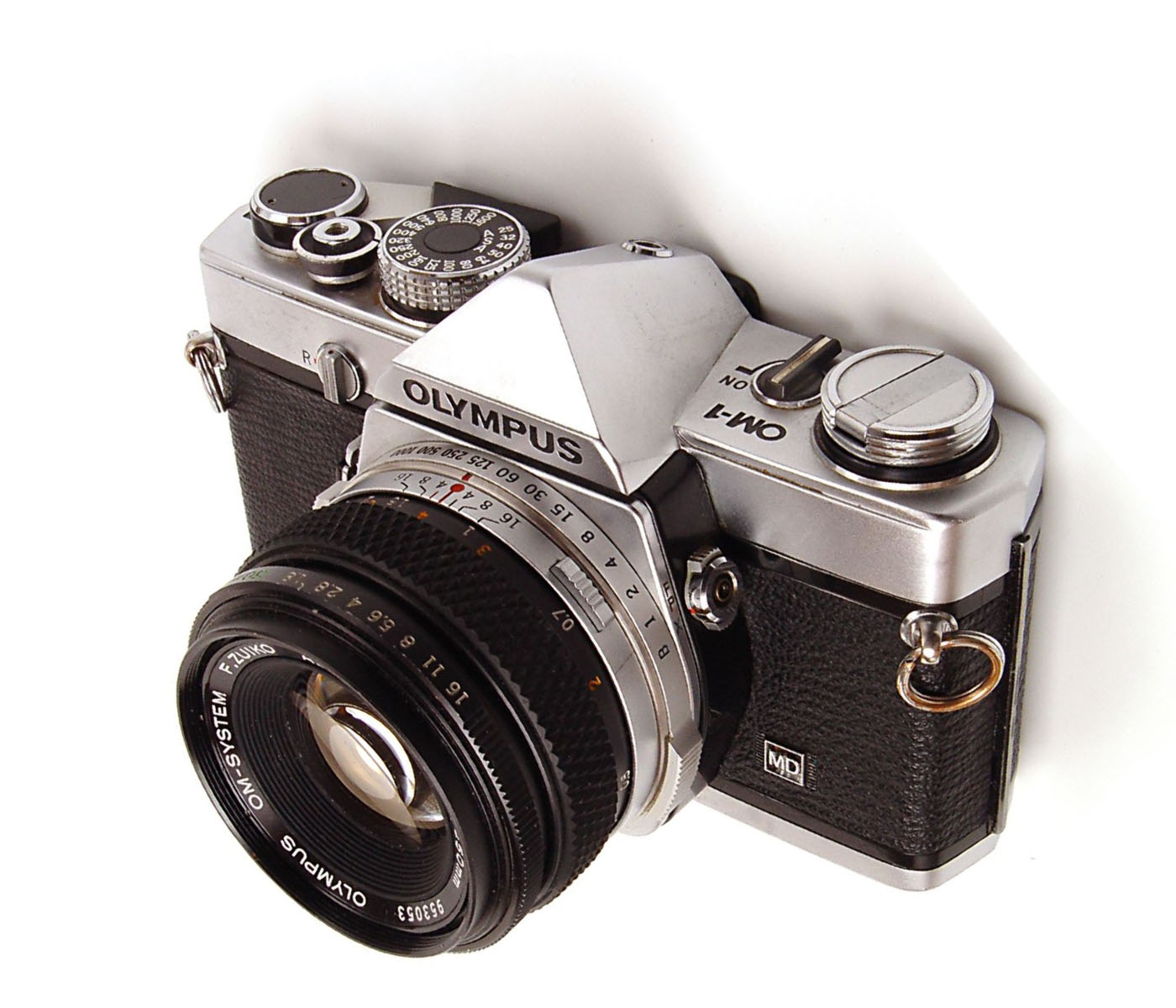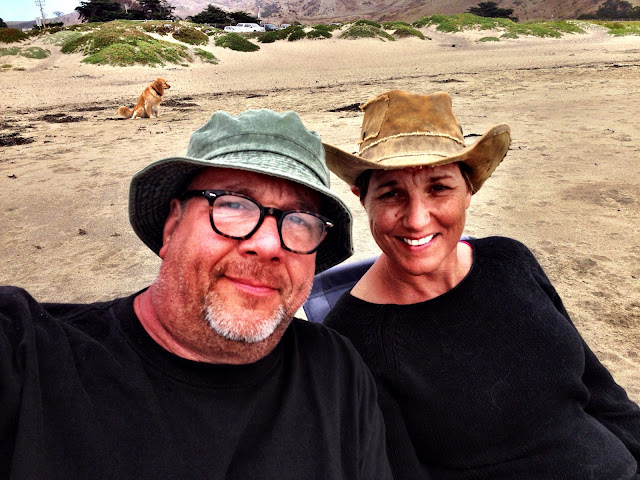By Tom Hawking on Apr 16, 2013 5:26pm

Like everyone else in America, we were appalled and saddened by the bombings in Boston yesterday. We’re an entertainment publication, and we don’t presume to provide any sort of coverage of yesterday’s tragic events. But from a purely photography-related point of view, we have followed the debate about publishing graphic images of the event, and pondered what it means for photojournalism and for the the role of the mainstream media in the 21st century, when the ubiquity of camera phones, social media, and always-on Internet connections means that images — often graphic and disturbing ones — spread with terrifying speed.
The debate over the publication of graphic images is as old as photography itself. Susan Sontag discussed it extensively in On Photography, and the subject has been key to the question of the ethics of photojournalism as a profession. The question of balancing the right to privacy and dignity of people injured in events like yesterday’s bombing with the public interest of reporting those events… it’s ultimately a subjective one, and it’s perhaps one that no one’s managed to answer definitively.
In the past, when control over the distribution of images was limited to news agencies and whoever published their photos, some sort of editorial control was possible. Certain events are defined as much by the absence of imagery as its presence — but then, try to think of one. It’s hard. Photos define our memory. Other events are defined by a single image — the picture of Phan Thị Kim Phúc fleeing a napalm attack, or the picture of Jack Ruby shooting Lee Harvey Oswald as the guy in the white suit and hat looks on with an expression that remains forever frozen between fear, shock, and simple amazement.
As in many areas, it was September 11 that represented a real change on this front: it took place in an era before YouTube and Twitter, but still, it corresponded with the growing ubiquity of digital photography and widespread internet connections. The result, as this essay by Vanity Fair creative director David Friend argues, is that it was “the most photographed breaking news event in human history, witnessed on television and the Internet that day by an estimated two billion people — a third of the human race.”
Even so, there was a huge debate at the time over whether to publish images like this one, which captured an office worker jumping from one of the stricken World Trade Center towers. That isn’t a luxury that anyone has these days, because in the 21st century, it’s largely a redundant debate, because graphic images will proliferate whether they’re published in the newspaper or not. Within literally seconds of the bombing yesterday, images and footage started appearing online — a photo here, a terrifying Vine there. Once those things are online, they’re online for good, and in the age of Facebook and Twitter, they spread with exponential rapidity.
This raises many questions, not least of which is what effect seeing a constant stream of awful images has on the viewer. Sontag discussed this to an extent later in her life — she’s paraphrased (but not quoted, curiously) here, arguing that “photographs of human suffering no longer move the public… repeated exposure to photographed atrocities habituates us to horror, leading us to view even the most graphic images as ‘just pictures.’”
Not everyone agrees. The Atlantic Wire, for instance, ran an article today about the possible role of social media in catalyzing post-traumatic stress disorder: “Monday’s horrific events at the Boston Marathon produced horrific images which in the age of social media news means an inescapable constant, unsolicited bombardment of the gruesome aftermath of a gruesome event. While Twitter offered the fastest, most up-to-date, and accurate information, it also served as an unfiltered chronicle of the most distressing imagery, which can have lasting mental and physical effects.”
In any case, apart from the effect of yesterday’s deluge of imagery on the public, there’s also the question of what it means for the mainstream media. As Hoax-Slayer’s Brett Christensen points out here, “An unfortunate aspect of social media is that idle speculation and wacky conspiracy theories can spread as rapidly — if not even faster than — genuine news reports about such attacks.” You could argue that this makes genuine news reports largely redundant, but I’d argue the opposite. It means the media’s role has changed somewhat: instead of merely reporting events like this, the responsibility of online, newspaper, and TV journalists alike is to act as a filter, sorting the facts from the noise, the real story from the huge amount of material that appears as soon as something drastic happens. And this makes their role all the more important.
This is particularly apposite given that, people being what they are, the volume of imagery that arises after a tragedy means — counter-intuitively, perhaps — that the distinction between what’s real and what isn’t is more slippery than ever. “The camera always lies” and “the camera never lies” are equally ancient fallacies, but now we live in an age when anyone with a bit of skill and a pirated copy of Photoshop can knock up a convincing fake in no time. Photos have long been doctored for propaganda purposes (viz. people who fell out of favor with Stalinmagically disappearing from photos), but it’s never been so easy for people to exploit tragedy for their own ends.
So it went yesterday, sadly. There was an eight-year-old killed in the blast — but despite what 40,000 retweets would have you believe, this isn’t her. (In fact, it was an eight-year-old boy who was killed.) There was also the awful photo above, purporting to show a runner who had his legs blown off — it circulated quickly on Facebook, and a shitload of comments ensued, going back and forth over whether it was faked. Sadly, it turned out to be all too real — the victim has been identified as Jeff Bauman Jr., and he has had both legs amputated.
Quite how to deal with images like this is, again, a question that no one’s answered. The Atlantic ran the picture uncropped, but with Bauman’s face blurred “out of respect for his privacy,” although sadly his privacy was gone the minute the image hit the web. Other outlets have chosen to crop out Bauman’s grievously injured legs, or cover them with a black bar. We chose to crop it.
But the unedited image is pretty much everywhere, though it would almost certainly never have been published in the past. And for all that it must be indescribably distressing to the poor man’s family, it’s hard to argue that it should have been suppressed, even if it could have been. It’s not the role of our media and our journalists to shield us from truth; it’s their job to confront us with it. In this respect, the plurality of imagery is both a blessing and a curse, because in the sort of panic that follows an event like yesterday’s bombing, anything could be real. But equally, it’s also the volume of images and coverage — graphic and otherwise — that help us get a clearer picture of reality than we ever did in the days when our opinion was shaped by one journalist and a few photographs.
And ultimately, it’s this plurality that gets us closer to the truth. (Quite literally, in the case of the ongoing investigation.) Again, 9/11 was the turning point here, and its lessons are instructive: as Friend argues in his essay, “If this abundance of imagery offered any sort of certainty, it was this: that in this camera-laden age, history’s revisionists would find it nearly impossible to erase the event from civilization’s conscience. We had the goods; we had the pictures. Photographs provided a baseline that would make it much more difficult for the public record to be challenged in years to come… due to the multiplicity of subjective visual perspectives on the event, can be reconstructed in the aggregate in a manner approaching objectivity.” And all those perspectives are important, even those that make for stomach-churning viewing.

















.jpg)































